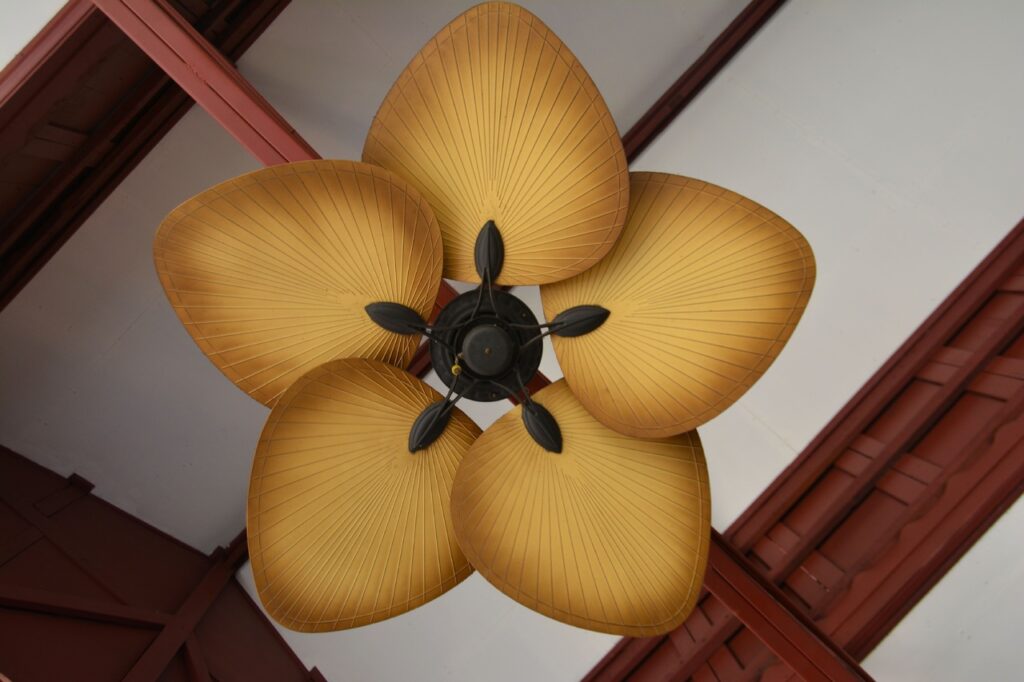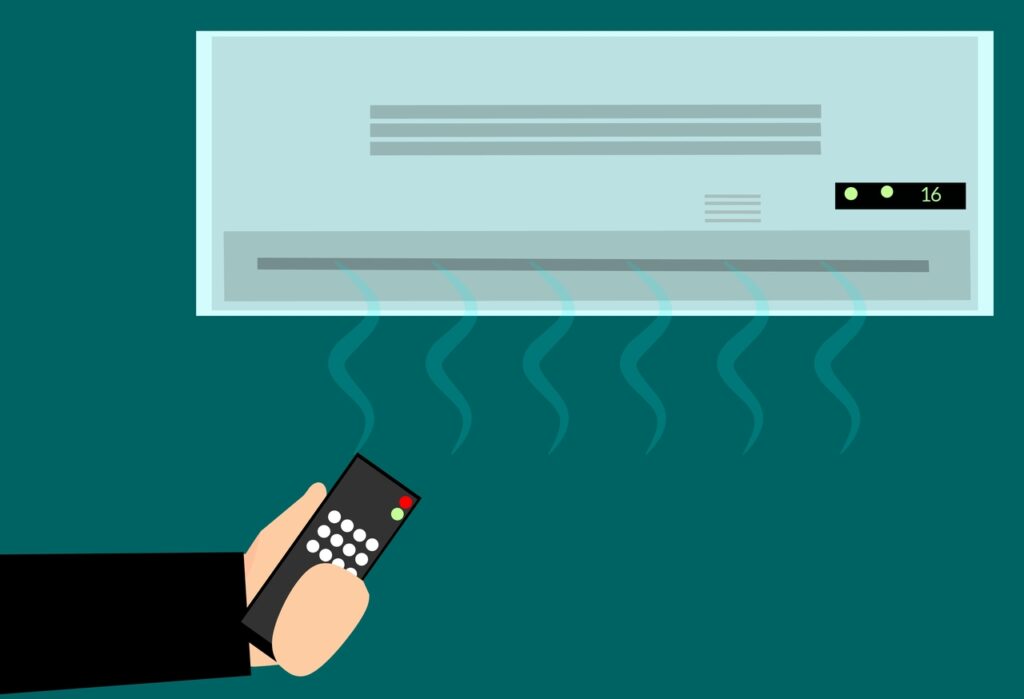
All About Air Conditioning
Have you ever wondered about how air conditioning works, who came up with it, or how anyone was ever inventive enough to control indoor temperature? Back before indoor cooling was common (we know, hard to think about, nowadays), indoor environments weren’t necessarily any cooler than outdoors. Air movement from fans could help, but life was far less customizable. Having air conditioning in our homes and properties – even having it in stores or restaurants when we go out, today – is one huge piece of society we often take for granted. Movie theaters, for example, became wildly popular during Summer seasons once air conditioning became common, since they provided people a place to come cool off from the heat. If you’re curious for more, read on to learn all about air conditioning!
How Does Air Conditioning Work
How does air conditioning work? Well, there are a huge variety of options available on the market today. Plus, models and their unique methods of operation have changed over time. It’s also important to note that there are actually different “types” of air conditioners. However, there are some major pieces that are common among (most) all air conditioning units, and they (almost) all “work” in essentially the same way.
- Air conditioning units pull in warm or hot air from the home or property through the duct system.
- Air also passes through your home or property’s air filter at this time, removing any large dust or other airborne particles. One side note worth mentioning: air filters in homes and properties do need to be changed at least a couple times per year. Make sure you check yours!
- The AC unit has what’s called an evaporator coil, which contains liquid refrigerant. As warm/ hot air from your home passes over the evaporator coil, it causes the liquid refrigerant to turn into gas because the refrigerant absorbs heat from the air. As heat is removed from the air, the air becomes cooler.
- The AC unit’s fan then pushes cooled air back into the home or property, providing the temperature you’re looking for.
- At the same time, the now-gaseous refrigerant travels to the compressor in the outside air conditioning unit. As the heat from the gaseous state is released to the building’s exterior, the refrigerant again becomes liquid, and travels back to the evaporator coil in the home’s interior.
- The cycle is complete, and can continue, indefinitely.
Air Conditioning Snapshot
Air conditioning works by pulling in hot air from an indoor environment. Heat from the air is removed by liquid refrigerant in the evaporator coil. The cooled air is then pushed back into the home or property, and the cycle continues. Note that the air conditioner doesn’t “create” cool air. It removes heat.

Swamp Coolers
If you aren’t familiar, there is another major type of air-cooling unit known as a swamp cooler. Swamp coolers are also known as evaporative coolers, and though they aren’t technically air conditioning units, they provide similar results. Swamp coolers are much more common in areas of the country with low humidity, as they work via evaporation. The process is only able to cool indoor air temperatures if the unit can add humidity to the air.
Swamp coolers have a “cooling pad” that is soaked in water. As the pad dries, it adds humidity to the air, and heat gets absorbed into the added humidity. As the unit’s fan blows the cooled air through the home, it lowers the indoor temperature.
Swamp coolers aren’t typically as precise as air conditioners. Their main advantage is that they are typically far less expensive to run, from an electricity-consumption standpoint. However, they don’t work well if there’s already high humidity in the air, so if it rains during the Summer, they basically stop working until the weather clears up. Swamp coolers also require just the right amount of air flow, so they can become ineffective if windows aren’t opened to just the right amount (or if properly sized vents aren’t installed in the home).
Who Invented Air Conditioning
Back to specifically AC units: who invented air conditioning? Willis Carrier earned his bachelor degree in engineering from Cornell University at the start of the 20th century. His plans allowed people to control temperature, control humidity, provide ventilation and air circulation, and provide air filtration in an indoor environment. Controlling humidity was the most innovative part of his idea, as he realized that by passing air through water, he could dry it by creating fog. And by controlling humidity, he could control temperature. In 1902, Willis came up with the process by which all of this could take place, and air conditioning, as we think of it in modern day, was born.
As Willis’ carrier expanded, the possibilities presented by indoor air conditioning became more apparent. He and other engineers realized that air conditioning had value not only in providing comfort to people’s homes and office spaces, but that it could vastly aid production in the commercial world. In 1915 in New York, Willis pooled his life savings with six other engineers to create the Carrier Engineering Corporation.

When Did Air Conditioning Become Common
Air conditioning was thought of for many years as a purely luxury item (which, let’s be honest: it is). Because of the time in history in which air conditioning was invented, it took a long time before it became common. After Willis Carrier and his team of engineers created the Carrier Engineering Corporation, they experienced success selling their plans across seas. However, they Great Depression caused the company to experience difficulties in 1929, financially. Since luxury items were not as sought-after during the depression, Carrier Engineering Corporation’s plans were slowed.
As the company once again began gaining momentum following the depression, the world then entered into World War II. And once again, air conditioning was held back from reaching mass adoption. It wasn’t until the 1950’s that the economy was booming enough, post-war, to enable the luxury of owning an air conditioner to become common. In modern day, virtually every home and property in the United States features air conditioning of some kind.

Recent Comments